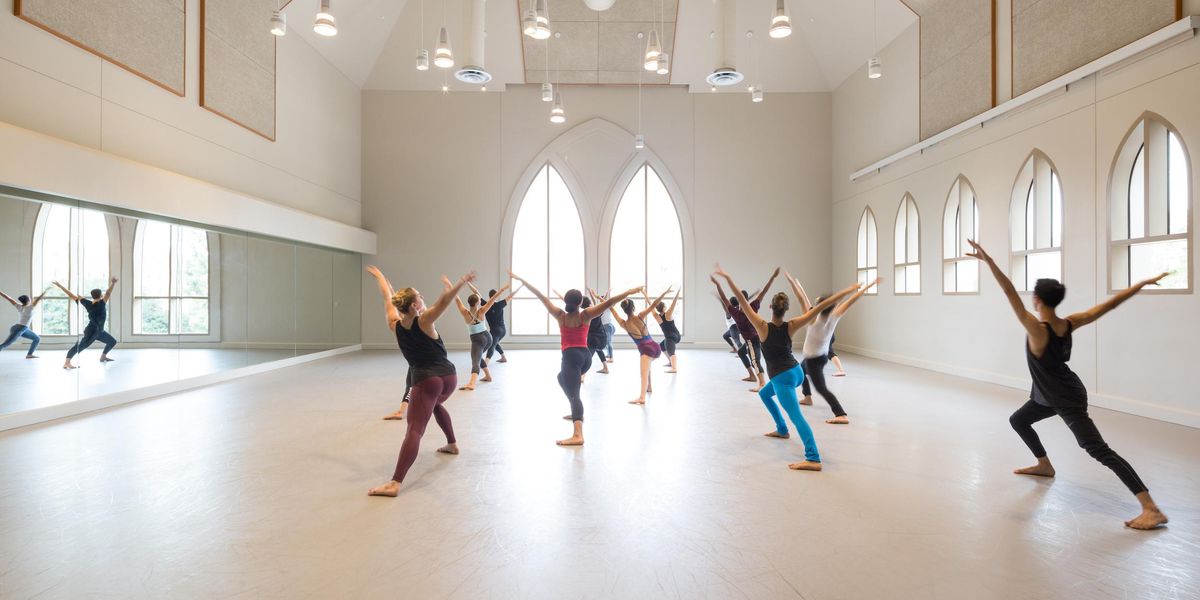Dancing With Maria
Maria Fux teaching class. Dancing With Maria via TIME.
In the 1940s and 50s, María Fux was wooing audiences as a prima ballerina at the Cólon opera house in Buenos Aires. Now, at 93, she teaches daily movement therapy classes to dancers experiencing a wide range of physical and mental ailments including polio, blindness, Down syndrome, deafness and stress. Fux proves that we need not be center stage to give back to our communities through dance, continuing to use her gifts for good as she gracefully glides past the age at which we expect dance to become impossible.
Dancing with Maria, a new documentary by filmmaker Ivan Gergolet, has been screened around the world for the last year, winning awards at the Venice Film Festival and the prestigious “Nastri d’Argento” documentary award. Fux’s method of healing and the transformative power of movement have inspired audiences globally — this week’s TIME feature on Fux reports that flash mobs have erupted in cities where Dancing with Maria has been screened. Fux motivates the able-bodied, too, (including me!) to use her brand of dance therapy to enhance their lives, or to simply embrace any opportunity to move.
A
TIME reporter observing Fux’s class writes:
“At Tuesday’s class, Diana, the polio victim, suddenly starts separating from the floor. In a slow, gyrating movement, she rises on her twisted right leg, stands upright, and dances.”
Though Fux is seemingly a miracle worker, for her moving is just “about becoming a better person.”
Watch a preview of Dancing with Maria here.




